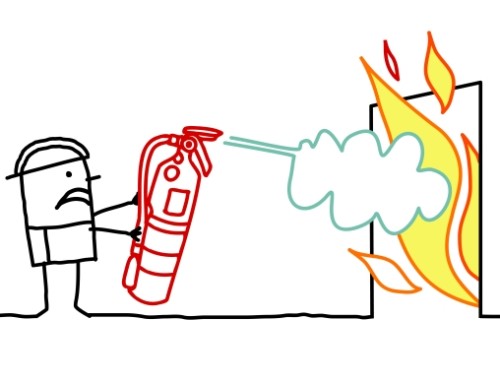In this article, I will discuss the benefits of pinpointing reminders of traumatic events from one or more of the five senses.
Estimated reading time: 3 minutes.
One of the symptoms of post-traumatic stress disorder (PTSD) is having a strong physical and emotional reaction when encountering stimuli which remind the person of the traumatic events which they experienced. Various kinds of stimuli can serve as ‘triggers’ for these reactions.
Some of these triggers are predictable given their obvious linkages to the traumatic event such as encountering someone who is similar in appearance to the perpetrator for a victim of an assault. And although the reaction to obvious triggers can still be unsettling, being able to anticipate the reaction makes it somewhat easier to manage. In addition, in many instances the person can then gradually expose themselves to the trigger at their own pace to facilitate being able to cope even better with encountering such a trigger.
In contrast, greater challenges are posed by triggers which are hard to predict. These involve stimuli which were present at the time of the traumatic events but are less obviously linked to it. When the person encounters these triggers, their emotional and physical reactions are even more unsettling because they were not prepared for them. Being unaware of these triggers also prevents the person from doing gradual exposure work to facilitate being better able to cope with encountering such triggers.
Fortunately, there are strategies which can help to identify these less obvious triggers in PTSD. Interestingly, these triggers typically involve one or more of the five senses. In the following sections, I will discuss how these sensory triggers can be identified and the benefits of doing so in healing from PTSD.
An example of PTSD sensory triggers: Running past the gardenias
A colleague related an excellent example of the insidious role played by sensory triggers in PTSD. It involved a female client who reported feeling a surge of anxiety while going for a run. She was especially unsettled by the feeling of distress because it appeared to come from out of the blue.
After gathering her composure, her therapist asked her to mentally retrace her run to identify what had triggered her anxiety reaction. She remembered that the strong feeling occurred when she ran past some gardenias.
On reflection, she recalled that gardenias were grown at the place where she had experienced her traumatic events. The result was that the sight and smell of the plant was triggering memories of the traumatic events and the distress associated with them.

Benefits of identifying sensory triggers in PTSD
Identifying sensory triggers has significant benefits in healing from PTSD. These include:
(1) These triggers become predictable and therefore easier to manage. Being able to anticipate when you are about to encounter a trigger makes the distress experienced more manageable compared to when you are triggered unexpectedly because the triggers cannot be anticipated. It is also easier to experience the physical reaction of being triggered when you know why it is happening.
(2) Identifying triggers facilitates using PTSD healing strategies. These include planned gradual exposure to the sensory stimuli to foster healing through a decrease in the intensity of the triggered anxiety response over time.
How to identify sensory triggers in PTSD
It often takes some effortful detective work to identify sensory triggers in PTSD. Reliving the traumatic events through talking about them to one’s therapist or writing about the sequence of events can often reveal sights, sounds, odors, and even tactile and taste stimuli which are associated with the trauma.
Talking with supportive people who were present during the traumatic events or have knowledge of them may also reveal one or more sensory triggers. When one is ready for it, visiting the location of the traumatic events may provide additional help in identifying sensory triggers. On that note, technology advances in the form of Google Earth can allow a person to visit anywhere virtually, including being able to identify visual stimuli at particular sites which may serve as sensory triggers for PTSD.
Identifying sensory triggers in PTSD: It is worth the effort
It often takes a lot of hard work to identify sensory triggers in PTSD. However, the benefits of making it easier to manage being triggered and facilitating the use of PTSD healing strategies makes it worth the effort. A therapist trained in PTSD treatment can serve as a supportive guide through this challenging but ultimately rewarding endeavour.
May you identify your sensory triggers if you suffer from post-traumatic stress disorder,
-Dr. Pat





Leave A Comment